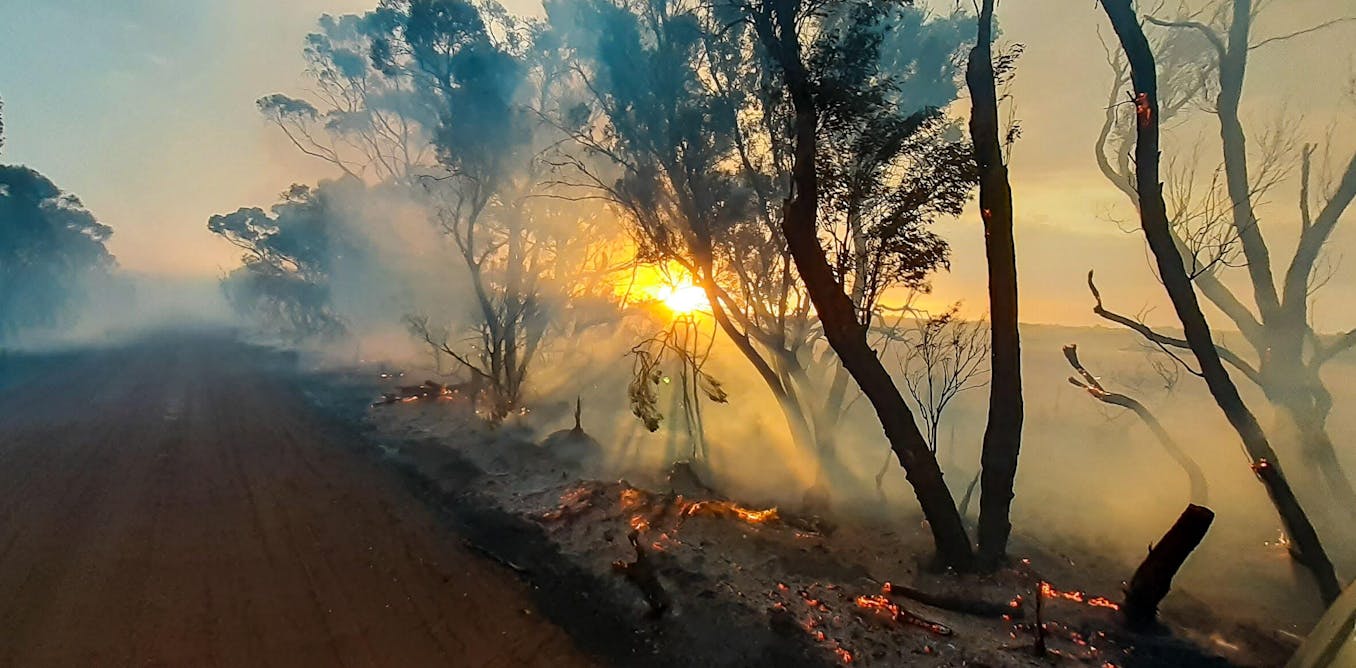Ensuring Bush Fire Protection Through Proper BAL Record Evaluation
In the world of bush fire defense, the precise evaluation of Bushfire Attack Degree (BAL) records stands as a keystone for guarding residential properties versus the destructive influence of wildfires. With ecological variables and building features playing considerable functions in determining the level of threat, a detailed understanding of BAL rankings ends up being important. However, the actual significance lies not simply in comprehending these reports yet in understanding them efficiently to formulate customized fire security strategies. By delving right into the significance of BAL record analysis, we reveal a realm where educated choices lead the path in the direction of reinforcing residential property security and strength in fire-prone regions.
Recognizing Bushfire Attack Degree (BAL)
In the world of bushfire defense, understanding the Bushfire Strike Degree (BAL) is critical for guaranteeing effective mitigation approaches. Recognizing the BAL score of a residential or commercial property is vital for residential property owners, home builders, and policymakers to carry out appropriate procedures to secure against bushfire hazards.

Relevance of BAL Record Evaluation
A vital aspect in bushfire security planning includes the thorough analysis of BAL reports to examine the prospective threats and establish ideal reduction methods. BAL reports give essential information concerning the possible effect of bushfires on a property based upon numerous aspects such as greenery type, range to prospective fire dangers, and incline of the land. Assessing these reports with precision is paramount in creating reliable bushfire defense steps tailored to the particular danger profile of a home.
Carrying Out Fire Defense Actions
Carrying out effective fire security procedures is vital for guarding residential properties in bushfire-prone locations. This includes cleaning flammable greenery, such as completely dry leaves and branches, within a certain radius of the residential or commercial property.
Furthermore, having a well-maintained and adequate water supply, such as a storage tank or swimming pool, can help firemens in their initiatives to secure the residential property. BAL Report. Generally, implementing a mix of these fire protection procedures can substantially enhance the opportunities of safeguarding buildings throughout bushfire events.
Mitigating Threats in Fire-Prone Locations
To strengthen buildings against bushfire threats, a calculated focus on mitigating risks in fire-prone areas is crucial. Mitigating risks in fire-prone areas includes a detailed strategy that incorporates different actions to lower the possibility and effect of bushfires. One critical element of danger reduction is keeping defensible area around residential or commercial properties by clearing combustible plant life, making sure sufficient spacing in between trees and frameworks, and utilizing fireproof landscaping techniques. In addition, applying ember-proofing actions such as setting up steel mesh displays on home windows and covering roofing system tooth cavities can assist protect against ember assaults and decrease the threat of spot fires.
Moreover, creating or retrofitting structures with fireproof products and guaranteeing appropriate maintenance of roof coverings, seamless gutters, and outside cladding can significantly enhance the building's resilience to bushfires. Creating and practicing best site a bushfire emergency strategy with all owners, including evacuation treatments and interaction strategies, is likewise vital in mitigating dangers efficiently. By taking on a proactive method to take the chance of mitigation in fire-prone areas, residential property proprietors can better shield their assets and enhance general bushfire readiness.
Ensuring Home Safety and Durability
Making certain the safety and security and resilience of homes in fire-prone locations calls for a steadfast commitment to robust precautionary procedures and calculated preparation. Property safety and security begins with carrying out reliable procedures to minimize fire risks.
Resilience, on the other hand, involves the capacity of a residential property to recoup and endure from a bushfire. This you could try these out can be improved with the installment of coal guards on windows and vents, making sure that access points for coal are minimized. Additionally, having a well-thought-out emptying plan and practicing it routinely can significantly increase building strength. Collaborating with neighbors and local fire authorities can additionally bolster the safety and strength of residential properties in fire-prone areas. By proactively addressing these facets, homeowner can better secure their properties and loved ones from the threat of bushfires.
Final Thought
In conclusion, ensuring bushfire security through appropriate BAL record analysis is essential for recognizing the degree of danger postured by bushfires and implementing essential fire protection steps. By minimizing threats in fire-prone areas and making sure residential property security and durability, individuals and areas can better get ready for and react to bushfire events. It is important to focus on fire precaution to protect lives and home in these high-risk settings.
In the realm of bush fire defense, the meticulous evaluation of Bushfire Assault Degree (BAL) reports stands as a cornerstone for protecting buildings versus the devastating effect of wildfires (BAL Report). Understanding the BAL score of a building is critical for property owners, policymakers, and builders to implement ideal procedures to safeguard versus bushfire dangers

BAL reports give crucial information about the potential effect of bushfires on a residential or commercial property based on numerous variables such as vegetation type, range to prospective fire threats, and slope of the land (BAL Report). In general, implementing a mix of these fire protection actions can significantly try this web-site boost the opportunities of protecting residential or commercial properties during bushfire occasions